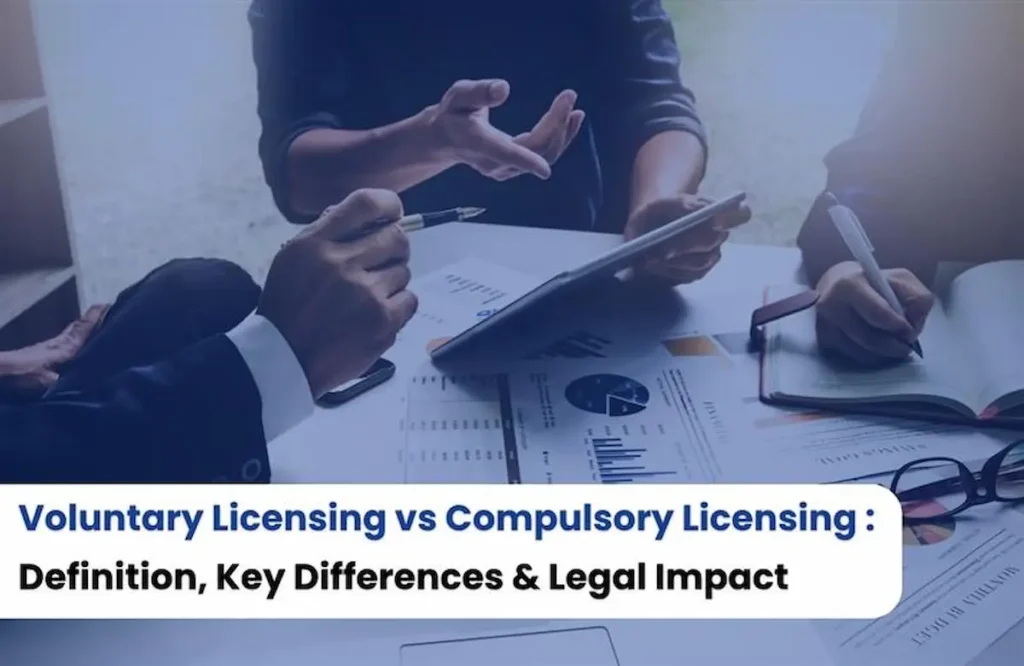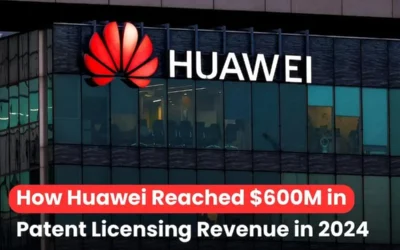
Patent monetization is one of the best ways for inventors and companies to share their technology and grow into new markets. today we talk about Voluntary Licensing vs Compulsory Licensing. These are type of Patent Licensing But when we talk about inventions, one thing that always comes to mind is the possibility of government intervention. Sometimes, especially during emergencies, the government steps in and allows someone else to use a patented invention for production. This process is known as compulsory licensing. Keep reading to understand what compulsory licensing really means and the legal rules that shape how it works.
Why Do Governments Use Compulsory Licensing and Voluntary Licensing vs Compulsory Licensing Key Difference
Before getting into the legal side of licensing, it’s important to understand what these two types of licensing actually mean. Let’s start with voluntary licensing.
This is the usual and most preferred route, where the patent holder willingly shares their invention with another company through a negotiated agreement. Everything is decided between the two parties—how the product will be made, how it will be sold, and how much royalty will be paid. It’s a flexible setup that benefits both sides and helps the technology reach more people, all while keeping the patent holder in control. But real-world situations aren’t always smooth. Sometimes countries face emergencies where the public urgently needs a certain technology, or the patent holder can’t produce enough to meet demand. In those moments, the government steps in—and that’s where compulsory licensing comes in.
Compulsory licensing is completely different from voluntary licensing. Here, the government allows another company to use a patented invention without the patent holder’s permission, mainly during crises like:
- Public health emergencies,
- Shortages, or
- When the patented product is unaffordable or not being supplied adequately.
While voluntary licensing relies on mutual agreement, compulsory licensing is a legal tool used to protect the public and make sure essential products are accessible when they’re most needed. In simple terms, voluntary licensing is a cooperative deal, while compulsory licensing is a government-backed intervention used only when the situation demands it.
Read Also: Patent Trolling vs Patent Monetization – Which One is Better for Innovators?
What Are the Legal Impacts of Voluntary and Compulsory Licensing?
The difference between Voluntary Licensing vs Compulsory Licensing, these two types of licensing isn’t just about the situation or how much the government steps in—the real difference is when you look at how the law treats them.
Voluntary licensing has a smooth legal impact because everything happens through mutual agreement. The patent holder gets to pick who they want to work with, set the terms, decide the royalty, and basically stay in full control of how their invention is used. Legally, this makes things simple and predictable. It builds strong business relationships, supports innovation, and avoids unnecessary disputes since everything is written down in a contract.
Compulsory licensing, on the other hand, has a totally different purpose. When the government steps in and issues a compulsory license, it temporarily limits the patent holder’s rights because of the public interest. The law does make sure the patent holder gets fair compensation, but they don’t get to say no to the license. This legal mechanism helps countries access crucial medicines or technologies during emergencies, but it can also initiate international debates, trade tensions, and conversations about how to balance innovation with public health needs.
Conclusion
In comparison of Voluntary Licensing vs Compulsory Licensing, both voluntary and compulsory licensing play important roles in how patented technology is shared and used. Voluntary licensing keeps things flexible and business-friendly, giving patent holders full control over how their inventions are handled. Compulsory licensing steps in only when necessary, making sure the public gets access to essential products during urgent situations. Together, they create a balance between IP protection and protecting people—showing how patent laws adapt to both commercial needs and real-world challenges.









